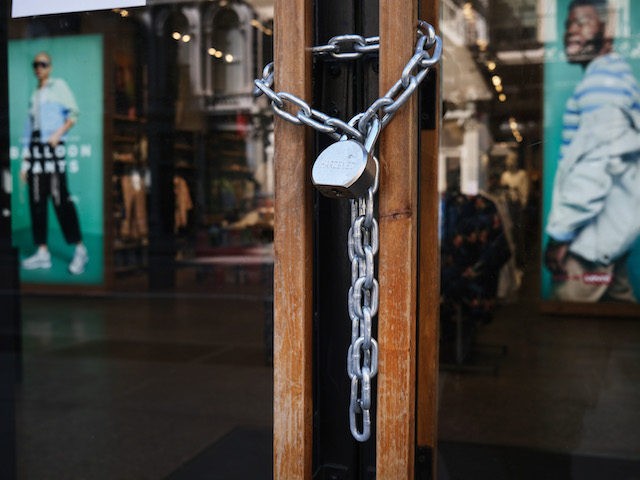Report: Michigan’s Unemployment Agency Paid Up to $8.5B in Fraudulent Claims During Pandemic

The state of Michigan’s Unemployment Insurance Agency (UIA) shelled out as much as $8.5 billion in fraudulent unemployment claims during the pandemic, according to an audit released Wednesday.
The audit was conducted by Deloitte and Touche LLP and revealed the state paid an estimated $8.4 billion – $8.5 billion in fraudulent claims between March 1, 2020 – September 30, 2021. The report notes that the state avoided paying an estimated $43.7 billion in illegitimate claims over the time period.
In total, the state received an estimated $52.1 billion – $52.2 billion in fraudulent imposter and fraudulent misrepresentation claims between March 1, 2020 – September 30, 2021.
Michigan’s UIA Director Julia Dale told the Detroit Free Press her first reaction to the report was “outrage.”
“When you look at the numbers here, to say that they’re troubling is an understatement,” Dale explained. “I’m frustrated by those who are out there willing to take advantage of the system.”
At its peak, the UIA saw claims increase by a factor of 77 in comparison to pre-pandemic days, according to the report. Moreover, claim volume set a record for the state of Michigan, topping out at 388,000 claims in a single week in the Spring of 2020 “compared with just 5,000 claims before the pandemic.” Previously, the record for Michigan’s most claims in a single week was 77,000, which occurred during the Great Recession.
Michigan state paid an estimated 2.9 percent, or $242 million – $249 million, of all fraudulent unemployment payments through the state’s unemployment insurance, per the audit. Conversely, the federal government funded an estimated 97.1 percent of the state’s fraudulent claims, or $8.15 billion – $8.25 billion, through Federal Pandemic Unemployment Compensation (FPUC), Pandemic Unemployment Assistance (PUA), Pandemic Emergency Unemployment Compensation (PEUC), Lost Wages Assistance (LWA), and other federal programs.
Fraudulent claim issues have been documented in other states as well.
NPR reported:
Other states have reported billions of dollars were also lost to fraudulent claims. In October, Ohio’s jobless agency reported it paid out more than $3.8 billion from April 1, 2020, through June 30, 2021. And in California, state officials confirmed that its agency paid out at least $20 billion in the form of fraudulent unemployment aid.
On Wednesday, Michigan Gov. Gretchen Whitmer (D) signed an executive order “permanently establishing the Unemployment Insurance Fraud Response Team,” according to a release from the state’s Labor Department. The group will be “an advisory body within the Michigan Department of Labor and Economic Opportunity (department),” the order states. It will coordinate with other state agencies, including law enforcement, to “identify, investigate and prosecute individuals who steal jobless benefits intended for Michigan workers.”
Whitmer signed another executive order Wednesday that directs the UIA to “continue to use new technologies, integrate stakeholder expertise, partner with community organizations to educate potential UI claimants, and prioritize enforcement of UI fraud cases through the Response Team,” per the Labor Department’s release.
No comments:
Post a Comment